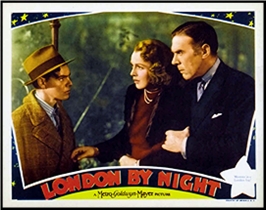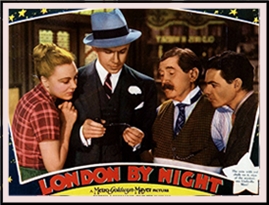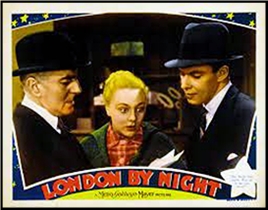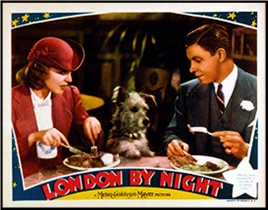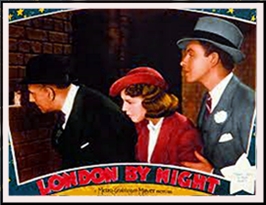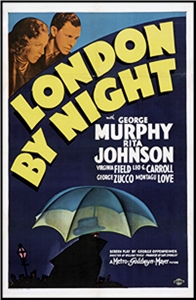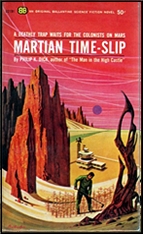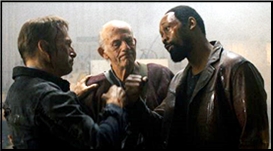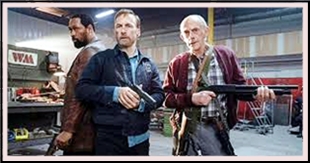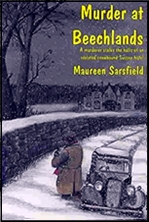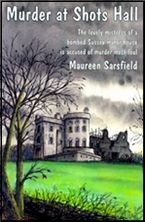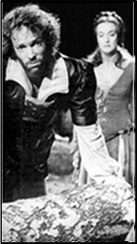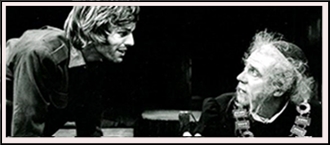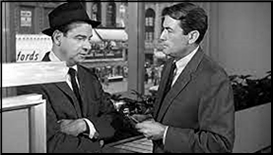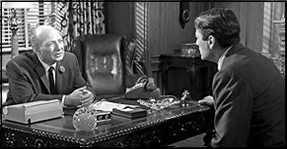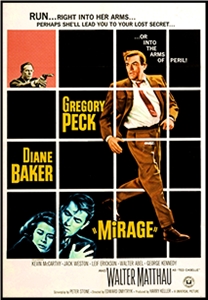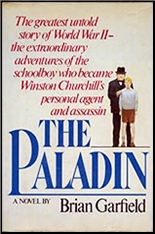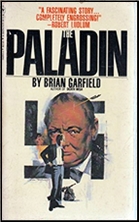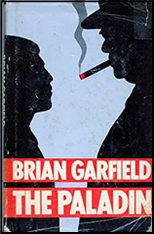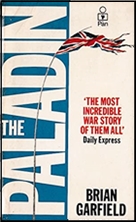Tue 1 Feb 2022
Mike Nevins Reviews Three MATT SCUDDER Novels by LAWRENCE BLOCK.
Posted by Steve under Characters , Columns , Reviews[4] Comments
by Francis M. Nevins
Back when first Hammett, then Chandler, then Spillane were the dominant figures in their field, the standard term for the kind of novels they wrote was hard-boiled. Today we rarely if ever see that word. The standard term has become noir, which in the past was used to describe the work of Cornell Woolrich and a few others like him who even in a pea-soup fog couldn’t be mistaken for Dash, Ray and the Mick.
One evening when I was doing a guest presentation at Washington University, the young professor who had invited me insisted that there were two kinds of noir, hard and soft, with the former represented by people like Hammett and Chandler, the latter primarily by Woolrich. I’m not at all sure that noir is the right word for most PI novels but it certainly is for those of the foremost living practitioner in that field, Lawrence Block. As witness his final contribution to that type of novel in the 20th century.
One of the strongest arguments for identifying Hammett with noir is the parable of the falling beams in THE MALTESE FALCON with its pervasive motif that we live while blind chance spares us. That would have been a fitting title for the fourteenth of Block’s novels about Matthew Scudder, EVERYBODY DIES (1998), which is also a perfect title since in this powerful book it’s almost literally true.

Now happily married and sober and a licensed PI, Scudder is asked by his unlikely best friend, stone killer Mick Ballou, to help dispose of the bodies of two of Ballou’s minions, shot to death in a New Jersey storage shed where Mick had been stashing a huge shipment of stolen whiskey. Soon after the corpses are buried on Ballou’s upstate New York farm,
Scudder is stopped on the street and beaten by two lowlifes who warn him to stay out of the situation, which he intended to do anyway. On reporting the incident he learns that Ballou has come to suspect that an unseen enemy is out to destroy him, and without any desire to get involved our PI finds himself in the middle of a savage war.
That’s just about all the plot there is in EVERYBODY DIES, a succession of ultra-violent bloodlettings almost in the manner of James Ellroy, with a pile of casualties best described as collateral damage, two of them recurring characters in the series, people Scudder cared about deeply.
Interspersed with the carnage are reflections on death, with one chapter consisting of dozens of variations on the theme Hammett expressed in seven words of one syllable each, and dark allusions to religion, including a reference to pedophile priests. Scudder’s illegal activities in this one threaten to cost him his license.
The next novel in the series, HOPE TO DIE (2001), is set and was apparently written during the late summer of 2000, a few months before the Bush-Gore election, almost a year before 9/11.

Scudder is now 62, perhaps a bit too old for the hard action of books like EVERYBODY DIES. He’s surrendered his PI license but is still sober and married to the ex-call girl Elaine and rather well off financially, making large contributions to arts causes like Lincoln Center and Carnegie Hall. One evening after a complimentary dinner and concert for donors, another couple who attended, a prosperous attorney and his wife whom Scudder and Elaine never met, are brutally murdered on returning to their brownstone on 74th Street.
Several days later two more bodies are discovered, this time in Brooklyn, and the police conclude that these men perpetrated the first double murder, after which one killed the other and then himself. But there remain a couple of loose ends: How did the perps get into the brownstone and how did they know the code that would turn off the house’s alarm system?
After what seem too many pages devoted to domestic drama — Scudder’s ex-wife dies suddenly and he discovers one of his grown sons has gotten himself in trouble — we return to business when the murdered woman’s niece, a grad student at Columbia, asks Scudder to look into her suspicion that the couple’s daughter, who lived with them and inherits the brownstone and everything else, was behind the double murder. When Scudder goes to interrogate the daughter, she in turn hires him to investigate the murder of her parents.
It’s at this point that something happens which is unique in a Scudder novel: we switch from the detective’s first-person viewpoint to that of the murderer, a viewpoint that we get to share in several chapters to come including the last. What he learns leads him to commit another murder, but not before the victim leaves Scudder a phone message that sets him on the trail.
Eventually there are seven more deaths. Scudder and the police hope the serial killer himself is among the final casualties but, thanks to the last chapter, which returns us to the perp’s point of view, we know better.
Perhaps that chapter means only that the monster has escaped and is free to kill again, but Block leaves open the possibility, and I would say the probability, of a sequel. He even hints at the madman’s next targets when the perp takes Scudder’s card from the fifth (or is it the sixth?) victim. And might those chapters of domestic drama not be irrelevant after all? Might the future targets include Scudder’s family?
It’s also possible that a sequel, if any, might explain what seems to be a colossal blunder on Block’s part. The weapon in the first four murders described in HOPE TO DIE belonged to a psychiatrist named Nadler, who claims, and reported to the police at the time, that it was stolen during a burglary. Then, on page 246, Scudder and the police decide that Dr. Nadler must be innocent of the quadruple killing because, as he can prove, he’d been vacationing on Martha’s Vineyard for the past eight days.
But in fact this proves less than nothing: the murders clearly took place much longer than eight days before page 246! In addition, Scudder had had a face-to-face interview with the shrink less than eight days before that pesky page. Doesn’t this demolish Nadler’s alibi? In the immortal words of Sportin’ Life from Gershwin’s PORGY AND BESS, it ain’t necessarily so.
Perhaps it would all become clear if there were to be a sequel. But it was only after a long hiatus that the next Scudder novel appeared.
It’s not billed as a sequel, but whoever reads it without having read HOPE TO DIE has to absorb some tightly compressed summaries of what happened in the earlier novel. ALL THE FLOWERS ARE DYING (2005) takes place a few years after 9/11, “our watershed; everything in our lives is before or after that date.†Scudder is at least 65 years old and more or less retired, Elaine still runs her art shop.
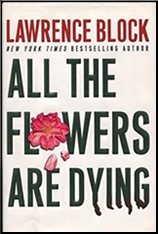
In the early chapters we learn nothing important except that Monica, Elaine’s best girlfriend, has become involved with a mystery man. At this point we move to third-person narration and Greensville, Virginia, where a psychologist calling himself Arne Bodinson has gotten permission to interview Preston Applewhite, who is about to be given a lethal injection after being convicted of the brutal rape and murder of three teen-age boys.
The next several chapters are devoted to the conversations between these two men and Applewhite’s execution. Meanwhile in New York, a woman Scudder knows from AA has hired him to investigate her current lover, who is also something of a mystery man. Eventually it becomes clear that the viewpoint character of the third-person chapters is the serial killer from HOPE TO DIE, and that he raped and murdered those three boys and framed Applewhite for the crimes.
We are also told that this sociopath has unfinished business in New York, and start wondering whether he could be the same man Scudder has just been asked to investigate. In due course Elaine’s girlfriend is sadistically murdered, and it becomes increasingly certain that the murderer in another identity has invaded the lives of the Scudders and is out to kill them horribly too.
Like HOPE TO DIE, this sequel abounds in technology, forensics, violence and brutal sex, but Block lightens the mood a trifle with a number of jokes, most of the quips more or less sexual including one taken from SEINFELD.
The sociopath is probably Block’s most powerful attempt to create a demonic character in a godless world. He’s gifted with uncanny intuitive certainties that always turn out right (as are Scudder and Elaine), and we never learn his name or the source of the money he needs to maintain his various identities and perform his obscene acts.
The novel is steeped in thoughts about death. “I think [life] ends…like a movie after the last reel runs out,†says Applewhite not long before his execution. “I think the rest of the world goes on, the same as it does when anybody else dies…. It’s hard at first to accept the notion that you’re not going to exist anymore, but it gets a little easier when you think of all the centuries, all the millennia, when you hadn’t yet been born and the world got along just fine without you.†And here are Elaine’s reflections after her friend Monica’s pain-wracked death.
“People die all the time….It’s what happens. The longer you live the more people you lose. That’s how the world works….[Monica is] in the past tense now, isn’t she? She’s part of the past, she’s gone forever from the present and the future….I can’t stand that she’s gone….But I’ll get used to it. That’s what life is, getting used to people dying.â€
She and Scudder get their revenge, if you want to call it that, in a fight to the death with the serial killer, which is as graphic as anything in a Peckinpah or Tarantino film. The scene is so powerful that we almost suspend our disbelief that a man in his late sixties with a knife being twisted in his guts could take on this sociopath who, though wounded, is at least a quarter century younger.
I wouldn’t be surprised to learn that at one point Block intended to end the book with Scudder and his adversary killing each other in the struggle, but changed his mind and added the final chapter, whose last line of dialogue is a joke, borrowed from the last line, the one delivered by Joe E. Brown, in the iconic Marilyn Monroe-Jack Lemmon-Tony Curtis sex comedy SOME LIKE IT HOT (1959).
Scudder is still alive (though he’s come closer to death than in any previous novel), but in a very real sense the series winds up with ALL THE FLOWERS ARE DYING, and the rest is endnotes. Which we’ll explore later this year.
